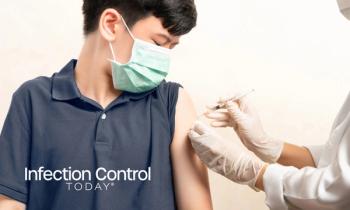
Churches Could be the Deadliest Places in the COVID-19 Pandemic
In Washington State, a choir practice of 60 individuals who practiced social distancing resulted in 45 infections, 3 hospitalizations and 2 deaths.
One of the cruelest characteristics of the coronavirus epidemic is that it strikes fear in the hearts and minds of many causing them to ask for comfort and protection from the God they believe in. And at the same time this virus has made a church service one of the most deadliest places to be in. The combination of singing in close quarters and decreased ventilation is nothing short of a petri dish (or cell plate) for viral growth.
Observed infection rates can be astronomical. In Washington State, a choir practice of 60 individuals who practiced social distancing resulted in 45 infections, 3 hospitalizations and 2 deaths.1
One may ask: Why am I calling out churches? The answer is asymptomatic spread and aerosolization of the virus from singing. It’s been determined that this virus is much more infectious than the flu. National leaders are now saying 3 times as infectious, giving the epidemic a R0 of approximately 4. This probably requires other methods of transmission than from sneezing and coughing. And if approximately 50% of individuals catch this virus from asymptomatic carriers,2one must ask, how are these carriers spreading the virus? They are not coughing and sneezing. The answer is probably aerosolization, were the virus can float in the air and be picked up later by an unsuspecting passerby. The virus has been observed to survive in an aerosol form for up to 3 hours.3Thus, singing and church choirs may be the worst practice one can participate in.
Everyone needs to be wearing a mask, saving the N-95s (viral filtering) for healthcare workers, and using cloth or DIY masks for the public. This includes all patients entering a hospital, even those with an unrelated illness. Food handlers and preparers should be wearing an N-95 mask and full protection gear.
References:
(1) Read R. LA Times A choir decided to go ahead with rehearsal. Now dozens of members have COVID-19 and two are dead. LA Times. March 29, 2020.
(2) Public Health Responses to COVID-19 Outbreaks on Cruise Ships - Worldwide, February–March 2020 CDC MMWR. March 26, 2020 / 69(12);347-352.
(3) NIH New Coronavirus stable for hours on surfaces.
Newsletter
Stay prepared and protected with Infection Control Today's newsletter, delivering essential updates, best practices, and expert insights for infection preventionists.






